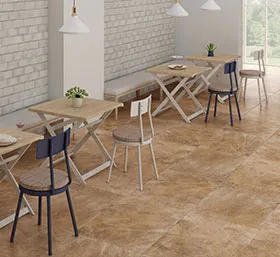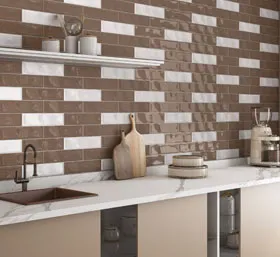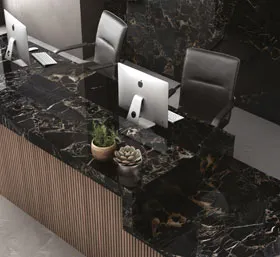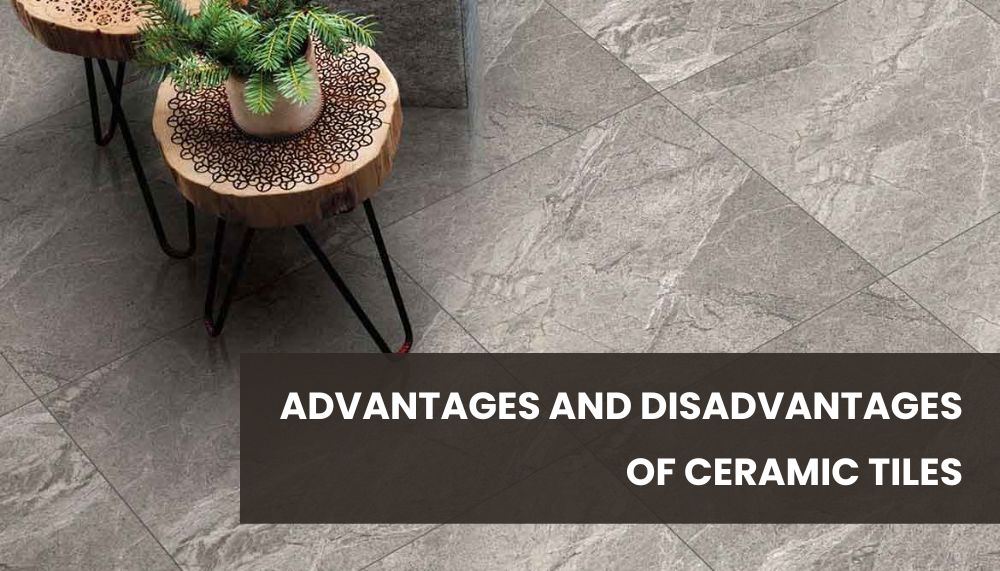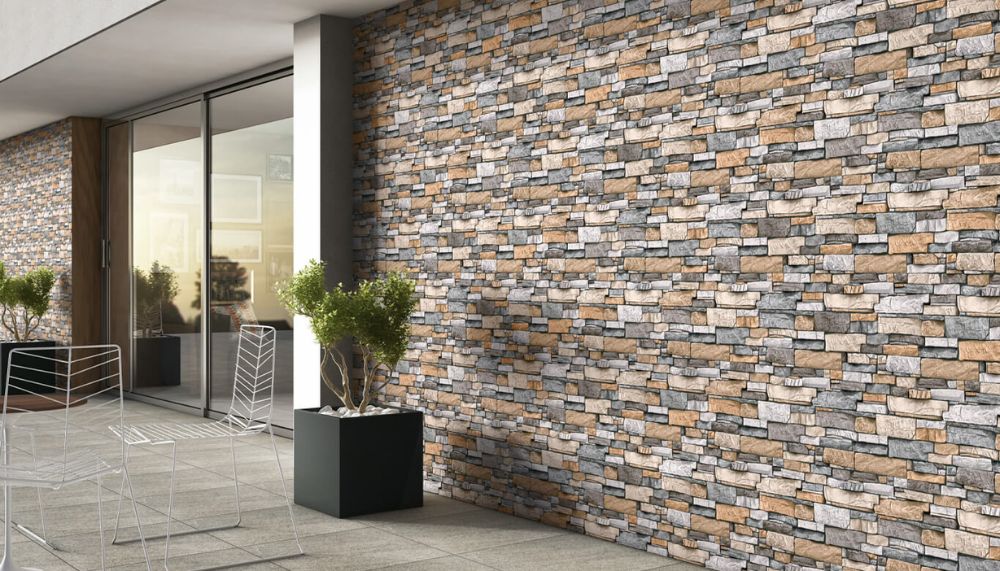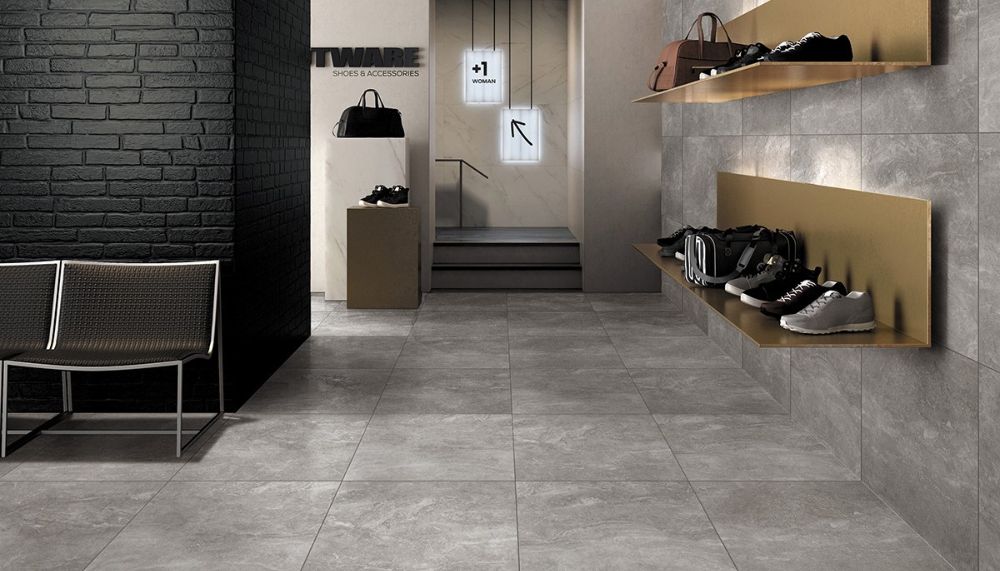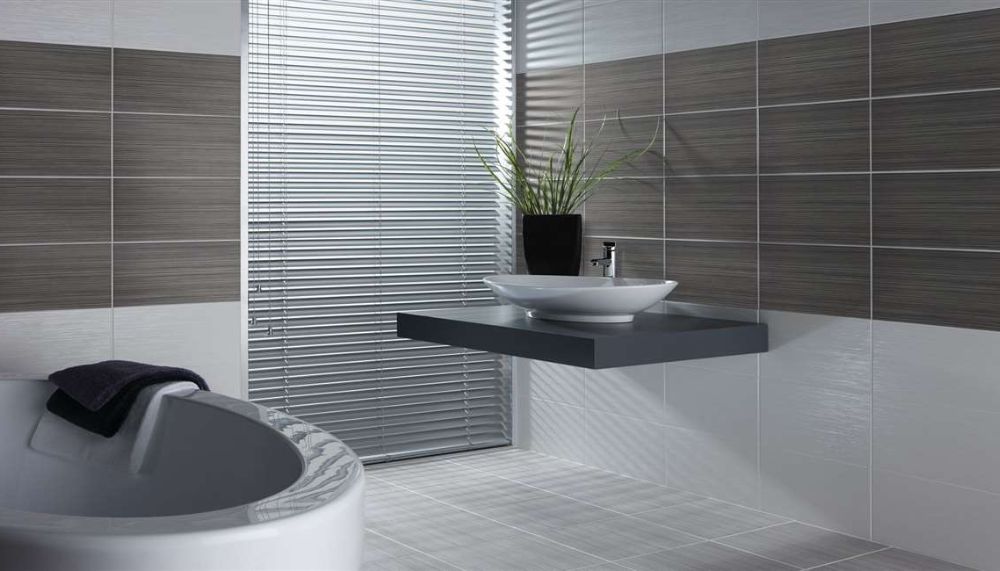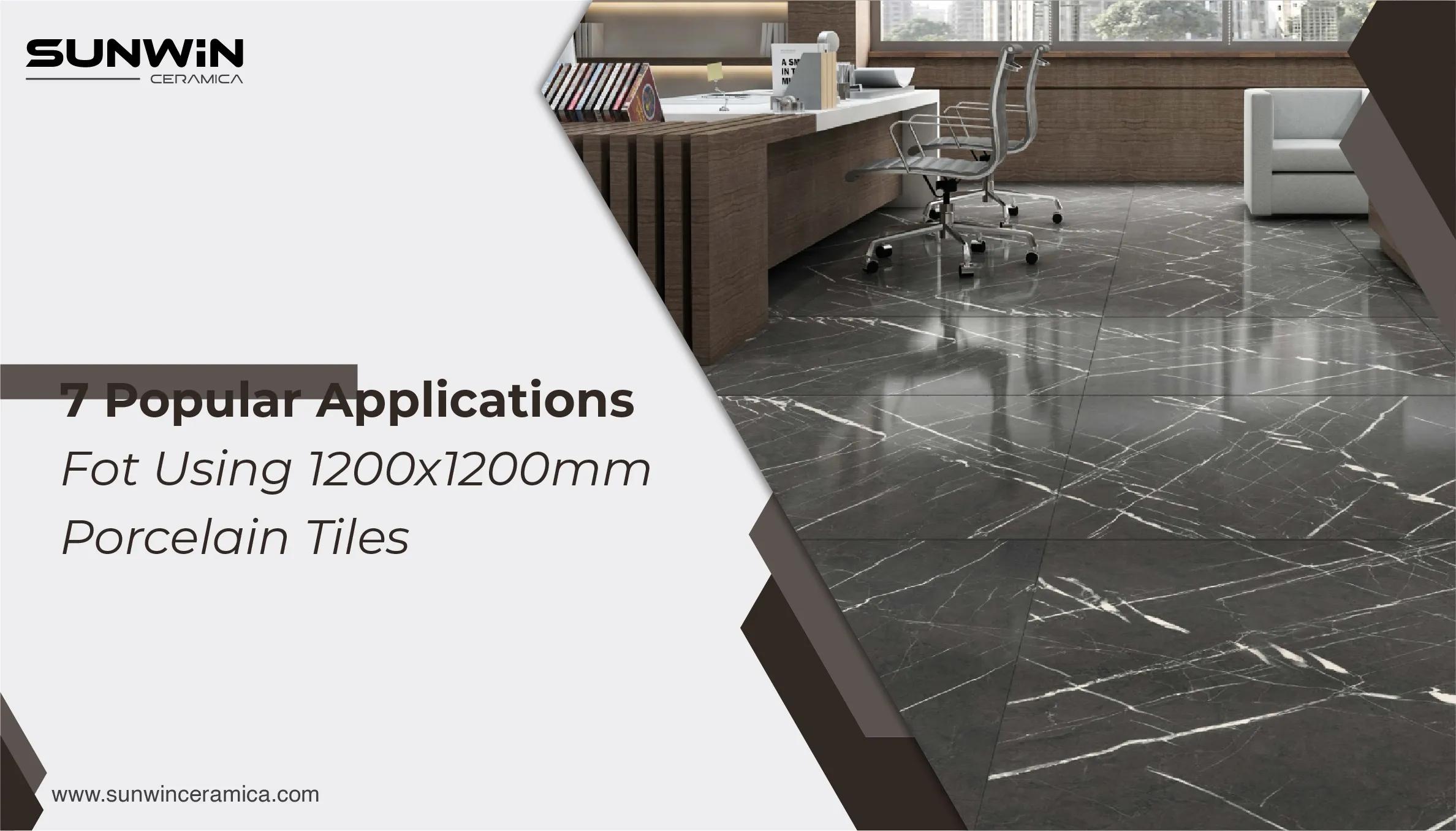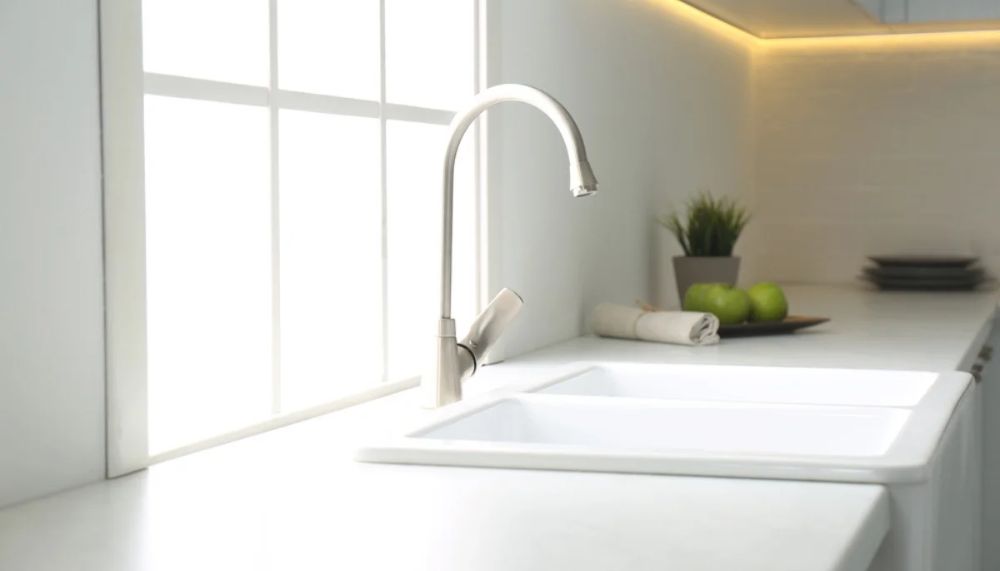
When building a kitchen, it is very important to select interiors and fittings that serve the utmost functionality in addition to being aesthetic. One of the most important decisions is to select the right kitchen sink, as it is a very essential part of any kitchen.
It not only serves the purpose of washing dishes and doing food preparation but should also blend well with the overall look and feel of your kitchen. To help you make a well-informed decision, let’s have a walk-through of all the important factors to consider for choosing the perfect kitchen sink.
How To Choose The Perfect Kitchen Sink?
1. Kitchen Design And Size Factors
The first and foremost thing to consider for kitchen sink installation is the layout and size of your kitchen. Further, assess the cabinet size and take measurements for the available space to install the sink.
You must also consider your kitchen usage like the number of people that will be using it, what activities will be performed and the frequency of use etc. A wider and deeper kitchen sink might be useful if you frequently handle large pans and utensils. The placement of the sink should be determined in such a way that it maximizes the functionality, keeping in mind its proximity to the stove, refrigerator, countertops and so on, depending on your need and ease of use.
2. Choosing The Right Material
Now that we have figured out the right size of the sink, the next thing to do is choose the right material.
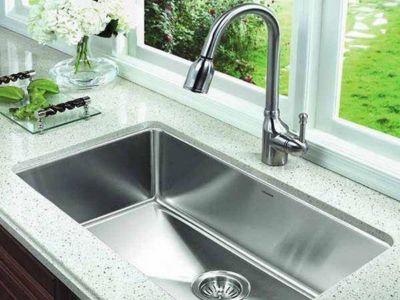
Stainless steel sinks: Among all, the most common and popular are stainless steel sinks. They are very cost-effective and hardwearing. Additionally, stainless steel sinks are low maintenance as they can be easily cleaned and are resistant to corrosion and stains.
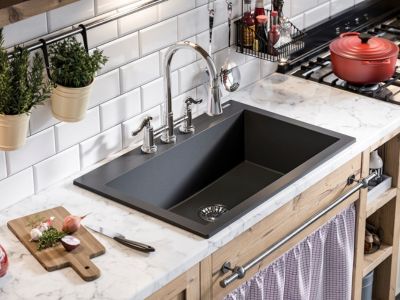
Composite sinks: As composite sinks are available in a number of colors and shapes, they may be your best option if you are looking for a sink that complements the design of your kitchen. They are mainly made up of quartz or granite along with a resin binder and hence are durable. Also, they are resistant to stains, do not leave any marks of water after use, and are scratch and heat-resistant.
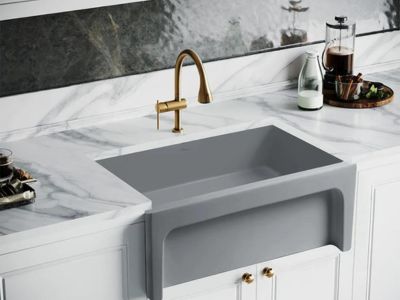
Fireclay Sinks: It is another great option if you prefer classic and timeless things. In addition to being quintessential, fireclay sinks are remarkably durable and resistant to chipping, heat, and stains.
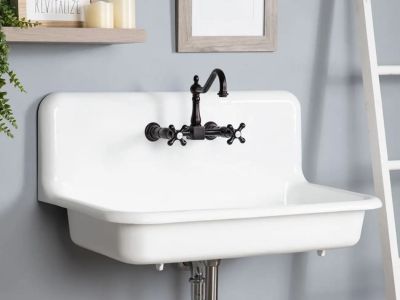
Cast Iron Sinks: If you are looking for something unique, then you may consider Cast iron sinks. These are heavy-duty sinks as they are made of thick iron layered over a mold and then a final coating of enamel. However, this makes them very heavy and hence requires proper support for installation. They also require special care for longevity.
3. Sink Style And Design
The next important thing is to know about the various sink styles and decide on the one that best fits your usage and needs. Below are the commonly available sink styles.
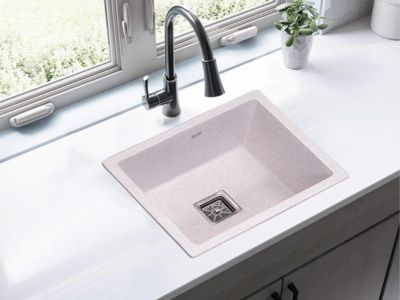
Single-bowl sinks: These sinks are perfect for those who generally have to deal with large pans and utensils. They have just one bowl but often a bigger one and hence offer plenty of space for larger items and easy cleaning.
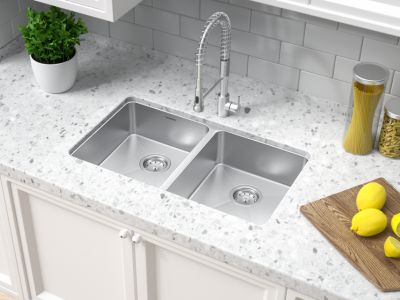
Double-bowl sinks: If you are a multitasker and like to separate out dishes while scrubbing and rinsing then double-bowl sinks are your best fit. They come with two bowls and provide separation for multitasking.
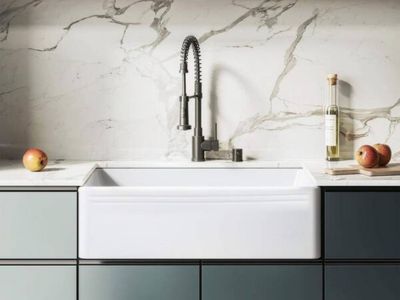
Farmhouse sinks: These sinks offer a traditional and beautiful look. They are mainly known for their deep basin which prevents water from splashing on the surrounding areas. These are also suitable for cleaning large pots and pans. Farmhouse sinks have a unique exposed front panel which adds to their charm.
4. Assessing the Sink Installation Options
Next in line is knowing about the installation options.
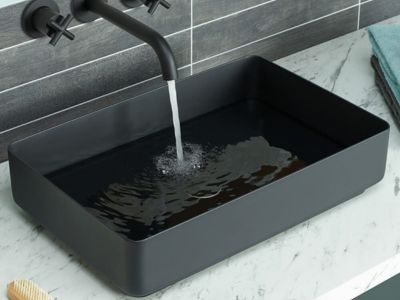
Top-mount sinks: These are easy-to-install sinks and are suitable for most countertop materials. They are installed by dropping the bowl in a pre-cut hole on the countertop. This would be a good option if you are thinking of installing the sink on your own.
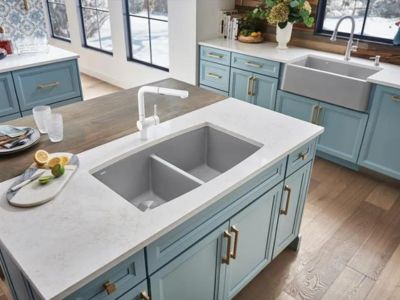
Undermount sinks: These sinks are installed from underneath the kitchen countertop and hence are known as under-mount sinks. There is no visible rim on the top because of under-mount installation and hence they offer a seamless, tidy look and make washing the countertop simpler. However, these types of sinks require an expert to do the installation.
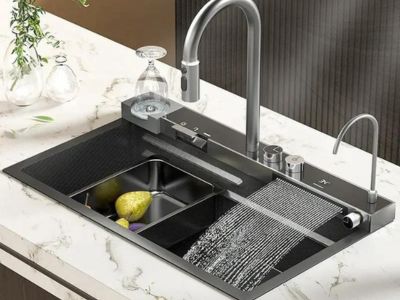
Integrated sinks: Integrated sinks give the most cohesive and harmonious appearance as they are made of the same material as the countertop. They blend seamlessly with the countertop and give a designer look.
5. Budget Considerations

Since we have covered everything that you need to know before choosing your kitchen sink, now you must weigh all the features, materials, designs and installation costs of different types of sinks.
Think about the long-term value and consider the budget that you want to put in for your kitchen sink and then decide on your priorities.
6. Assessing the Maintenance And Care Requirements

Lastly, take into account the upkeep requirements for various materials. Assess the time and effort required for the maintenance of your sink and make an informed decision. Some sink materials are more prone to wear and tear than others. When making your choice, consider the durability and long-term expenses of repairs or replacements.
7. Consider Soundproofing
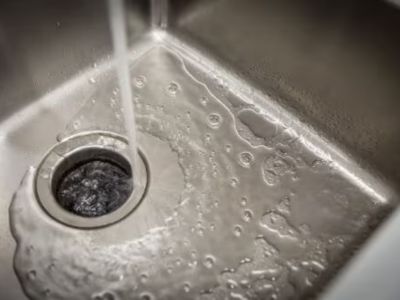
A significant consideration when selecting a kitchen sink is its soundproofing capabilities. Look for sinks that incorporate sound-deadening technologies such as undercoating, padding, or spray coatings. These features help minimize noise from clattering dishes, water splashing, and the sound of running taps.
Soundproofing is particularly important if you have an open kitchen layout or prefer a quieter environment during meal preparation and cleanup.
8. Accessories Compatibility
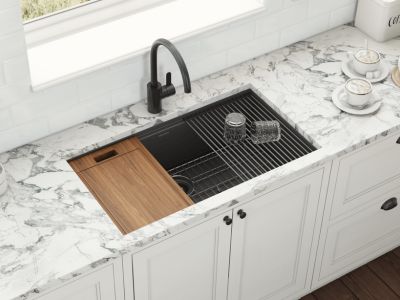
Check the convenience and utility of sink accessories that may come bundled with certain models. These can include:
Sink Grids: These are metal grates placed at the bottom of the sink to protect the surface from scratches and dents caused by pots, pans, and utensils.
Cutting Boards: Some sinks offer custom-fit cutting boards that can be placed over the sink, creating additional workspace and simplifying food preparation.
Colanders: Integrated colanders or strainers that fit directly into the sink's basin can streamline tasks like washing fruits and vegetables or draining pasta and grains.
9. Always Go With Reputable Brands
Choose kitchen sinks from reputable brands known for their quality craftsmanship and reliability. Research established manufacturers and choose which have a proven track record in producing durable and functional sinks.
10. Customer Reviews

Before making a purchase, check customer reviews and testimonials to gain insights into real-world experiences with specific sink models. Look for feedback on:
Performance: How well does the sink hold up to daily use? Is it resistant to scratches, stains, and dents?
Durability: Does the sink maintain its appearance over time? Are there issues with rust or corrosion?
Installation and Support: Were customers satisfied with the installation process? How responsive is the brand's customer service in addressing any concerns?
11. Check Plumbing Layout

Before choosing any kitchen sink, evaluate your kitchen's existing plumbing setup to ensure compatibility with the new sink. You can consider below the points.
Drain Location: Verify that the new sink's drain aligns with the existing plumbing lines to avoid the need for extensive modifications during installation.
Faucet Compatibility: Consider the placement of your faucet and ensure it complements the sink's design and functionality.
Summing up
As you follow our comprehensive guide, you can choose a kitchen sink that aligns with your style, fulfills the functionality, and accommodates your kitchen needs. Your decision should be fueled by your specific needs, preferences, and constraints. The right Kitchen sink can elevate the elegance and beauty of your kitchen.
If you are still confused about which kitchen sink is best suited for your needs, then contact us now.

